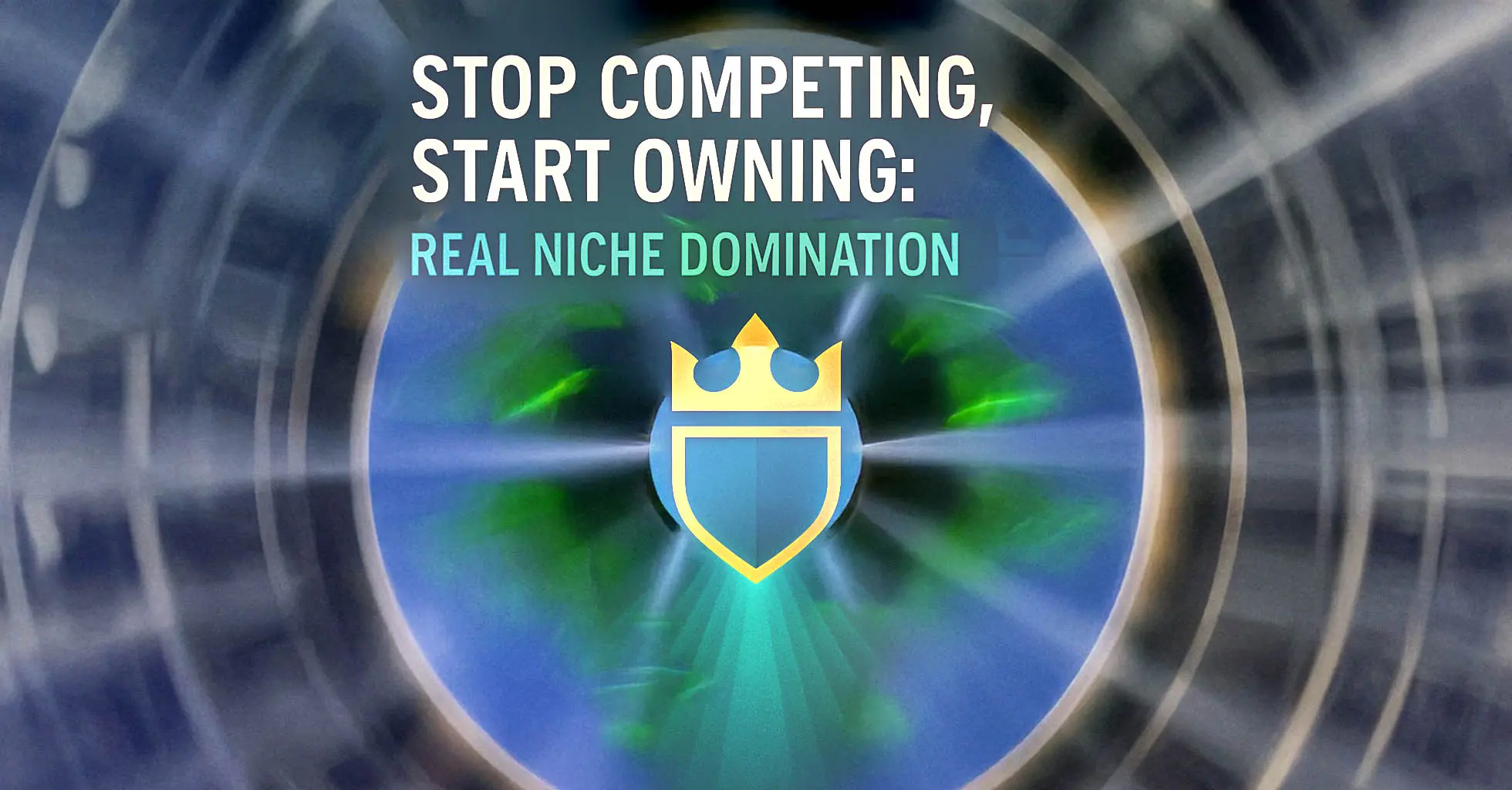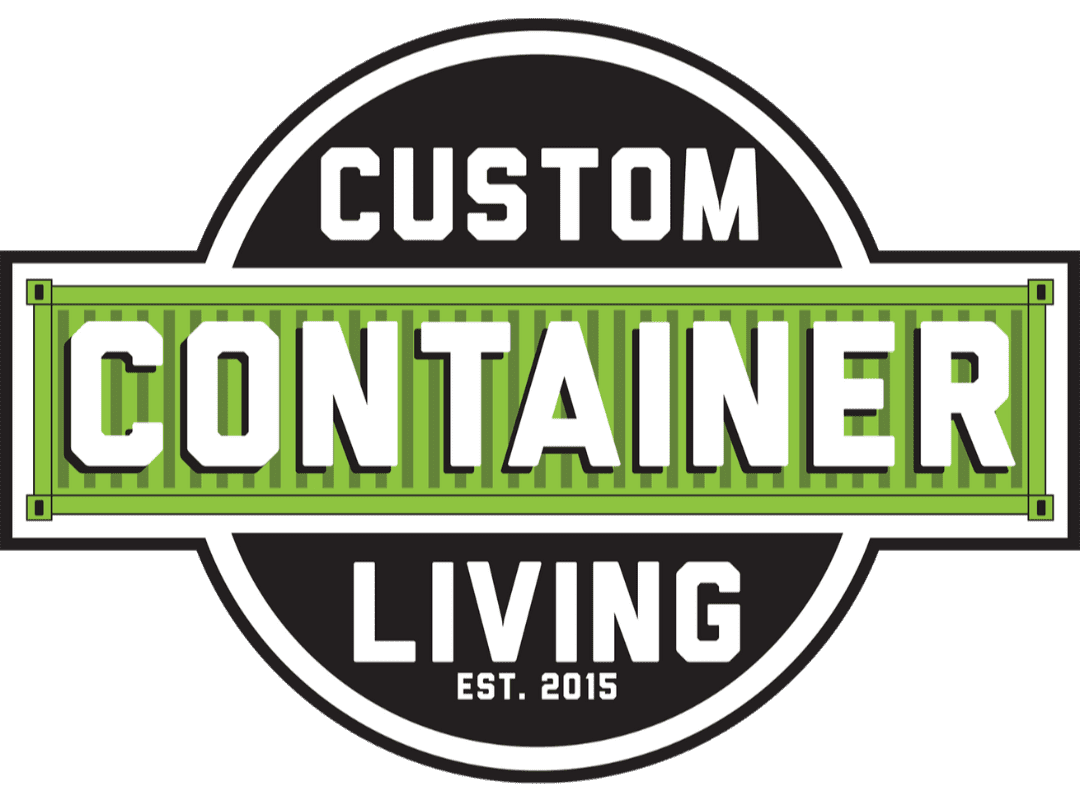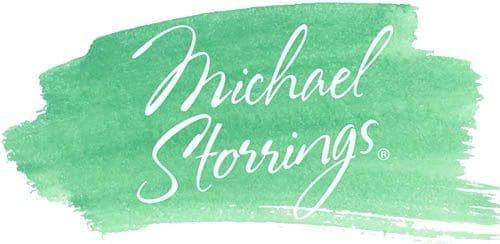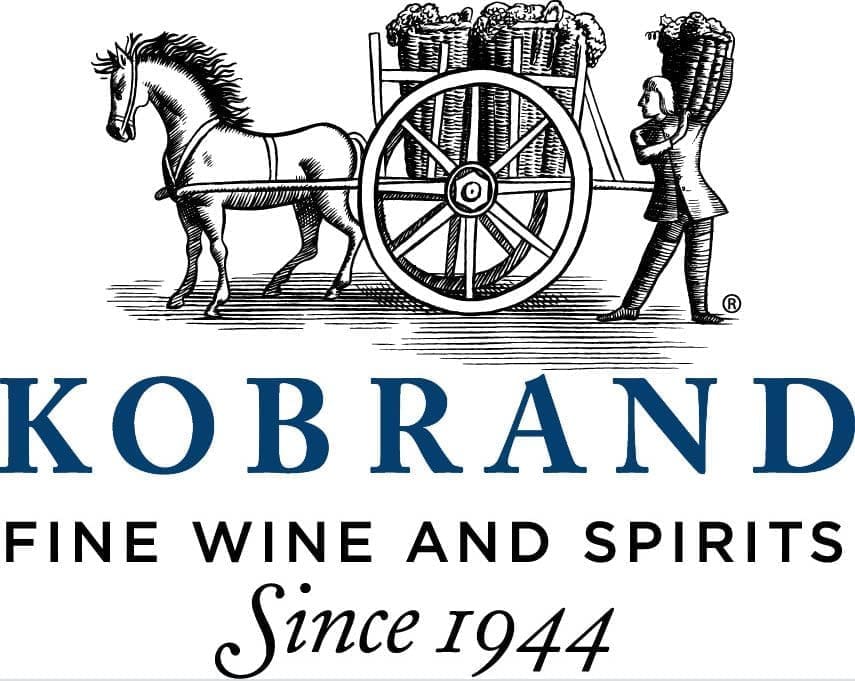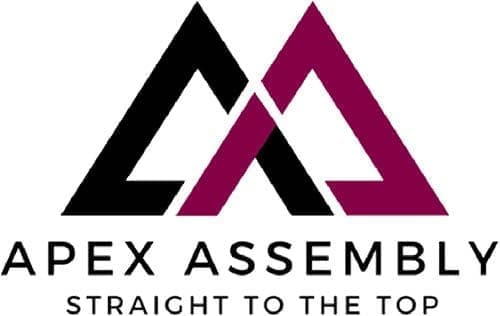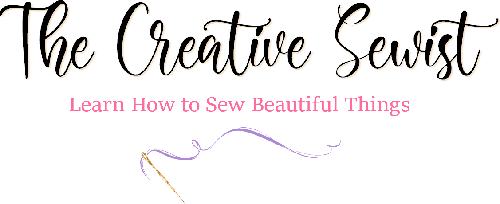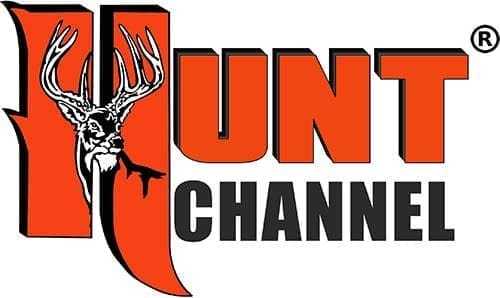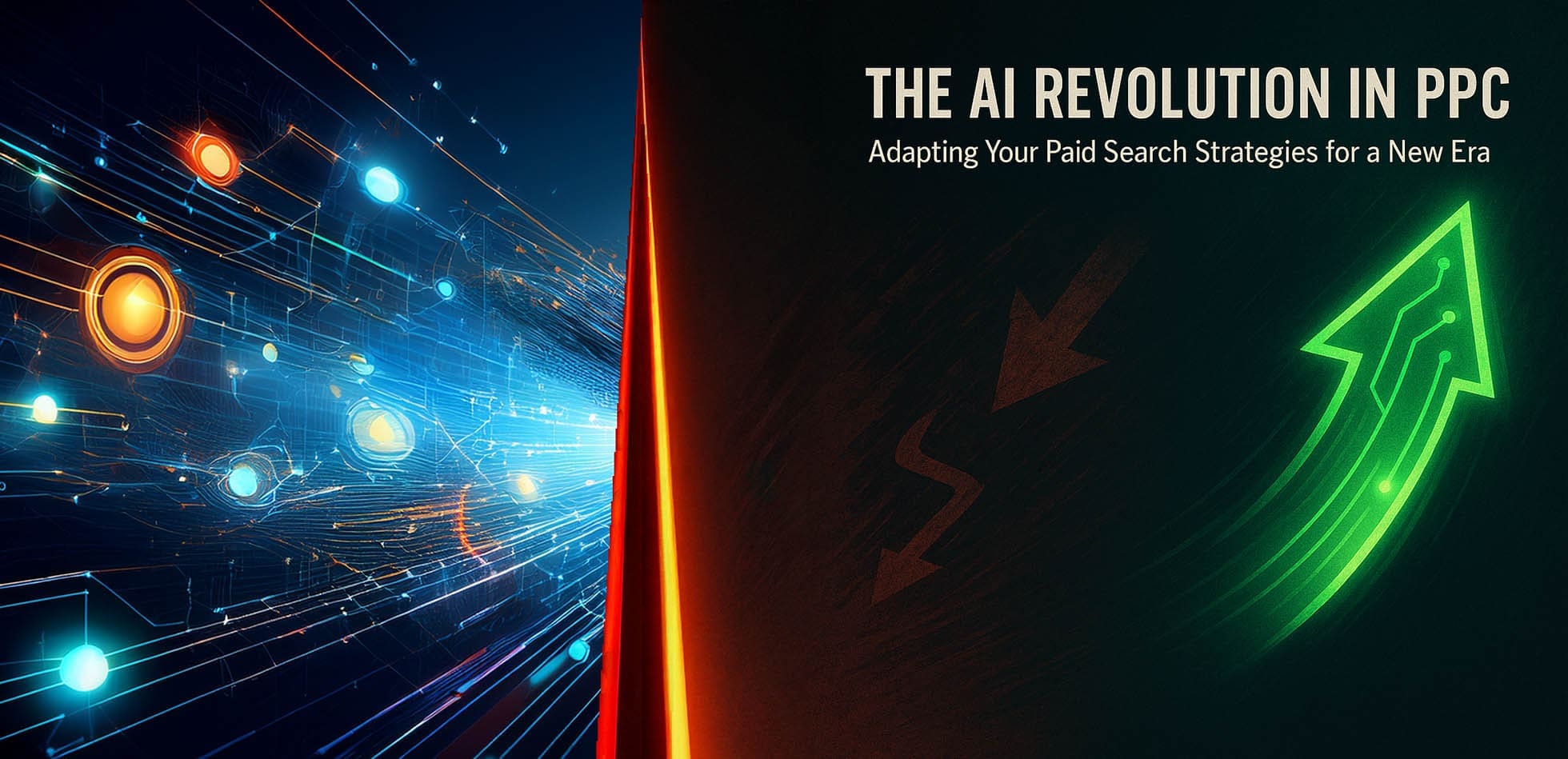Dominating Your Niche: How to Amplify Category Ownership in the AI Era
In the dynamic digital arena, simply participating in the online conversation is no longer enough. To truly succeed and build a sustainable business, brands must strive for category ownership. This means your brand becomes the first name, indeed the definitive answer, that springs to mind for both human users and the increasingly sophisticated Artificial Intelligence (AI) systems guiding them when they consider a specific product type, service solution, or problem niche. In an era where AI Overviews often provide summarized information and users actively seek trusted specialists amidst an ocean of digital content, clearly owning your category is more critical than ever for cutting through the noise and capturing high-intent audiences.
Attempting to be a “jack of all trades” can dilute your message and spread your resources too thin. Conversely, becoming the recognized “master of one” (or a few carefully chosen key categories) builds immense authority, attracts highly qualified leads, and creates a defensible market position. This guide outlines the strategic imperatives and actionable tactics for building and amplifying category ownership in today’s AI-influenced world.
What “Category” Are You Aiming to Own? Precision in Definition is Key
Building category ownership begins with a clear, precise, and strategic definition of the niche or niches you intend to dominate; vague aspirations invariably lead to diluted efforts. Think beyond broad industry terms. “Financial software,” for example, is far too broad for most to own. However, a more focused category like “AI-powered budgeting software for freelance creatives” or “ethical investment platforms for Gen Z” becomes a tangible target. To guide your thinking and achieve this necessary precision, consider asking questions such as:
What specific user problems do we solve exceptionally well, perhaps better than anyone else?
What are the unique attributes or differentiators of our products or services?
Are there underserved market segments or emerging niches where we can establish early leadership?
Which categories align most closely with our most profitable offerings and long-term business goals?
It is also important to understand how both users and AI perceive and define categories. Users typically frame categories based on the specific problem they are trying to solve or the particular outcome they desire. AI systems learn these category associations by analyzing web content, user search behavior, structured data (like schema markup), and the relationships between entities online. Therefore, clear, consistent messaging and content that explicitly addresses these user-defined categories are vital for both human and AI understanding. The strategic value of such niche dominance cannot be overstated; concentrating your marketing efforts, content creation, and expertise-building activities on owning a few well-chosen categories can yield a much higher return on investment than spreading resources thinly across too many disparate areas, ultimately building a strong brand moat.
Pillar 1: The Category Hub – Your Foundational Category Landing Pages
At the heart of your category ownership strategy lies the category landing page. This page is far more than a simple listing of related products; it is a comprehensive content hub meticulously designed to educate users, build unwavering trust, and guide them effectively through their decision-making journey within that specific category.
An essential content strategy for a high-impact category page should incorporate several key elements:
Comprehensive Overview & Definition: Clearly define the category for your audience. Explain its importance, the types of solutions or information users can expect to find, and the key problems it addresses.
Addressing Key User Pain Points & Questions: Directly speak to the challenges, needs, common questions, and desired outcomes users have when exploring this particular category. Use customer research, keyword data, and AI-driven insights to inform this.
Showcasing Your Unique Expertise & Solutions: This is where you articulate why your offerings within this category are superior or the best fit. Highlight specific benefits, unique features, compelling case studies, and relevant testimonials directly tied to this specific category.
Logical Navigation & Rich Internal Linking: Your category page should serve as a central nexus. Provide clear pathways to relevant sub-category pages, individual product or service pages within the category, and supporting content like detailed guides or FAQs related to the category.
Optimizing these category pages for both users and AI in the current landscape involves several best practices. Focus on semantic keyword optimization, naturally integrating primary category keywords and relevant long-tail variations. Implement rich schema markup using relevant schema.org vocabulary. Ensure an exceptional user experience with fast loading times, intuitive navigation, and full mobile-friendliness. Finally, structure content to potentially answer category-level questions that might appear in AI Overviews.
Pillar 2: Integrated Campaign Strategies – Amplifying Your Category Voice
Achieving category ownership is rarely the result of a single marketing channel operating in isolation. It demands a concerted, integrated effort where all your marketing channels work synergistically to reinforce your authority and leadership within that specific niche.
Your digital PR and link building should prioritize directing authority to your category hubs. While general homepage links contribute to overall domain authority, building high-quality, topically relevant backlinks directly to your specific category landing pages is paramount for signaling to AI systems that these pages are authoritative resources. Targeted outreach strategies for category-specific links include authoring articles for reputable industry blogs with contextual links back to your category page, developing in-depth guides or original research relevant to the category and promoting these assets, and contributing expert insights to journalist requests.
Content marketing must weave a narrative of category expertise. Treat each key category page as a “sub-pillar,” developing a comprehensive cluster of supporting content (in-depth blog posts, detailed articles) that dives deep into various aspects of that specific category, all internally linking back to the main category page. Diversify your content formats beyond text; consider engaging videos, visually appealing infographics, or webinars. Actively leverage User-Generated Content (UGC) by encouraging and showcasing customer reviews and testimonials that specifically relate to their positive experiences within that particular category.
PPC and paid media require precision targeting for category intent. Design your campaigns with ad groups and keywords that specifically target users actively searching for or demonstrating strong interest in your defined category. Ensure your ad copy speaks directly to category-specific needs and that the click-through leads directly to your optimized category landing page. Implement strategic retargeting and use sophisticated AI-powered audience targeting tools within ad platforms.
Social media and influencer marketing are also crucial. Actively participate in relevant social media groups and industry-specific forums, offering genuine value. Collaborate with influencers who are recognized authorities within your target category. Regularly curate and share valuable third-party content related to your category, adding your expert commentary to position your brand as a knowledgeable resource.
Pillar 3: The 7/11/4 Model – Building Brand Salience & Lasting Category Recall
A powerful concept for understanding how to build strong brand association and lasting recall within your target category is often referred to as the “7/11/4 Model.” While not a rigid mathematical formula, and sometimes attributed to Google’s research, it provides an invaluable strategic framework. It suggests that significant, multi-faceted engagement is typically required to cement your brand as a leader in a prospect’s mind for a specific category.
The model’s core components help illustrate this:
7 Hours of Meaningful Engagement: This principle suggests potential customers often need to spend a cumulative total of approximately seven hours interacting with your brand specifically in relation to your target category, consuming valuable content that educates and informs (e.g., reading guides, watching webinars).
11 Touchpoints (Focused on the Category): On average, a prospect might need around eleven distinct interactions with your brand concerning that specific category. These touchpoints (e.g., seeing a targeted social ad, reading a guest post, visiting your category page via search) reinforce your expertise.
4 Different Platforms: These interactions should ideally occur across at least four different environments (e.g., your owned media like your website, earned media like organic search, paid media, social platforms) to build widespread recognition.
Practically applying this involves consciously mapping out the customer journey for users interested in your target category and strategically planning your integrated marketing activities to create multiple, valuable, and consistent touchpoints. While precisely tracking these exact numbers for each individual is often impractical, the underlying principle is invaluable: consistent, multi-faceted exposure to your brand’s expertise within a specific category, delivered across various channels over time, is what builds strong brand salience and solidifies category ownership.
Leveraging AI to Understand, Target, & Own Your Categories More Effectively
Artificial Intelligence itself can be a powerful ally in your quest for category ownership. You can utilize AI-powered market research tools to analyze emerging trends, sub-niches, and evolving customer language within your target categories, gaining deeper insights into customer sentiment and unmet needs. AI writing assistants and content optimization tools, always with robust human oversight and expert editing, can help brainstorm ideas, generate initial drafts for category-specific content, or refine existing content for semantic relevance. Furthermore, you should leverage the sophisticated AI-powered bidding algorithms and audience segmentation tools within ad platforms to more effectively reach users actively searching for or demonstrating strong behavioral interest in your specific category.
Measuring Category Ownership Success: Beyond Basic Rankings
True category ownership is reflected in a broader set of metrics than just a top ranking. Key indicators to monitor involve several areas.
- First, assess your brand’s Share of Voice (SOV) for category-specific terms across various channels compared to competitors.
- Second, track growth in direct and branded organic traffic to your category pages, such as searches for “[Your Brand Name] + [Category Term]”.
- Third, analyze conversion rates and lead quality from category-focused funnels.
- Fourth, evaluate the quality and topical relevance of backlinks pointing specifically to your category landing pages.
- Fifth, use customer feedback, surveys, and brand perception studies to gauge how customers perceive your brand’s expertise in specific categories.
- Sixth, analyze engagement with category-specific content, looking at metrics like time on page, scroll depth, and video completion rates.
Finally, a strong emerging indicator is the frequency and accuracy of your brand being cited in AI Overviews when users ask questions related to your category.
Illuminating the Path: Hypothetical Case Snippets
To illustrate these principles, consider “FinTech Innovators Inc.,” which aimed to own “Sustainable Investment Platforms for Millennials.” They built a comprehensive pillar page, supported by in-depth articles. Their integrated campaign used targeted Instagram ads, guest posts on finance blogs, a podcast, and PR highlighting their platform’s ethical tools. Within 18 months, they were frequently cited in AI Overviews for their category and saw a 400% increase in related branded searches.
Similarly, “HealthyPaws Pet Supplies,” a boutique online retailer, focused on “Hypoallergenic Dog Food for Sensitive Stomachs.” Their strategy included a detailed category page, a blog on canine digestive health, partnerships with pet micro-influencers, and targeted Google Shopping ads, complemented by active, helpful engagement in online dog owner forums. This led to them dominating niche search and becoming a top-recommended brand.
Forging Your Undisputed Niche Leadership
In today’s crowded, AI-influenced digital arena, attempting to be everything to everyone is a surefire path to being nothing truly special to anyone. Category ownership, achieved through sharp strategic focus, the creation of deep and valuable content, the execution of integrated multi-channel marketing campaigns, and an unwavering commitment to demonstrating genuine expertise, is a strategic imperative for sustainable growth. It requires a decisive shift from broad strokes to laser-like precision.
By clearly defining your target categories, building authoritative content hubs around them, consistently amplifying your message across multiple relevant channels (guided by insightful principles like the 7/11/4 model framework), and continuously measuring your impact, you can carve out a defensible and highly profitable market position. The rewards are substantial: higher-quality leads, improved conversion rates, stronger brand loyalty, and the coveted status of being the go-to authority in your chosen niche, a status recognized and reinforced by both your human customers and the AI systems that increasingly guide their digital journeys.
Clients Who Trusted Us
We establish strong business relationships with our clients and have a vested interest in their success. We pride ourselves in being that trusted partner who our clients can rely on and have the confidence their best interests are being served. Here are just some of the many client partners who have trusted us.

